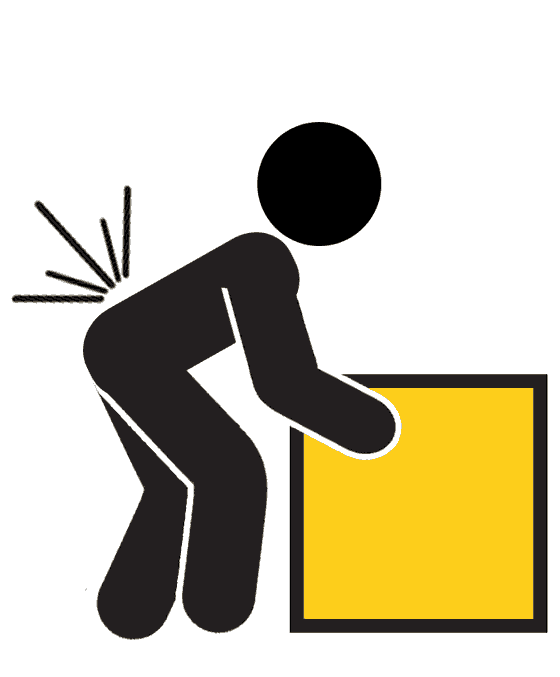Billing Tip: Cumulative Trauma Date of Injury

Compliant billing is crucial for providers to obtain proper reimbursement for treating injured workers. One important, but occasionally tricky, aspect of compliant billing is filling out the form correctly. The billing forms require the correct information, or the bill risks denial.
Case in point: The correct way to report the official Date of Injury (DOI) for a cumulative trauma injury is to report the start date of the cumulative trauma.
Workers’ comp law requires employers to pay for the treatment of both specific (resulting from a single incident) and cumulative (occurring over a period of time) injuries. For example, if an employee slips and falls, he or she sustains a specific injury. If an employee gradually develops back pain from repeated lifting, he or she sustains a cumulative injury.
Both are compensable, so long as the injury arises from and occurs in the course of work.
But as the Division of Workers’ Compensation (DWC) reminds us in the Physician’s Guide to Medical Practice in the California Workers’ Compensation System, establishing the DOI is a must, even for a cumulative injury that didn’t occur on any single date. The DOI is necessary for determining everything from employer liability to time limits for filing claims. With a specific injury, the DOI is easy enough. For cumulative injuries, it’s a little more complicated. According to the Physician’s Guide:
In a cumulative injury or occupational illness, the DOI (for statute of limitation purposes) is the date when the employee first suffered disability from the exposure, and either knew, or should have known, that the disability was caused by present or previous employment (Labor Code § 5412).
To bill compliantly for cumulative trauma injuries, providers must enter the start date of injury in the proper field on the appropriate billing form.
Always obtain this DOI date from the employer or insurer’s claims administrator; it is essential to use the DOI listed by the claims administrator. Your workers’ comp intake specialist should use a comprehensive intake form that includes the required DOI (Fortunately, we created one, available for free by clicking here).
Next, when sending a bill, complete the date of injury in the appropriate field:
- CMS 1500 (Healthcare providers) - Enter the DOI in Box 14
- UB 04 (Institutional providers) - Enter the DOI under “Date” in field 31
- NCPDP (Pharmacy services) - Enter the DOI in Box 11.
- For daisyBill clients using our automated Billing Software, enter the DOI for a cumulative injury under “Start Date.”
In workers’ comp, precision is the provider’s best weapon in the fight to protect revenue. Efficient, compliant billing practices are the best preventive medicine for incorrect reimbursements and unfairly denied bills. Know the rules, and seek advice when necessary. We’re always happy to offer some!
daisyBill offers everything providers need for compliant electronic billing, plus our Payment GPS lets you know the exact status of your reimbursement. Schedule a free demonstration, and see how daisyBill can help your office’s bottom line.
REQUEST DEMO
DaisyBill provides content as an insightful service to its readers and clients. It does not offer legal advice and cannot guarantee the accuracy or suitability of its content for a particular purpose.




.gif)